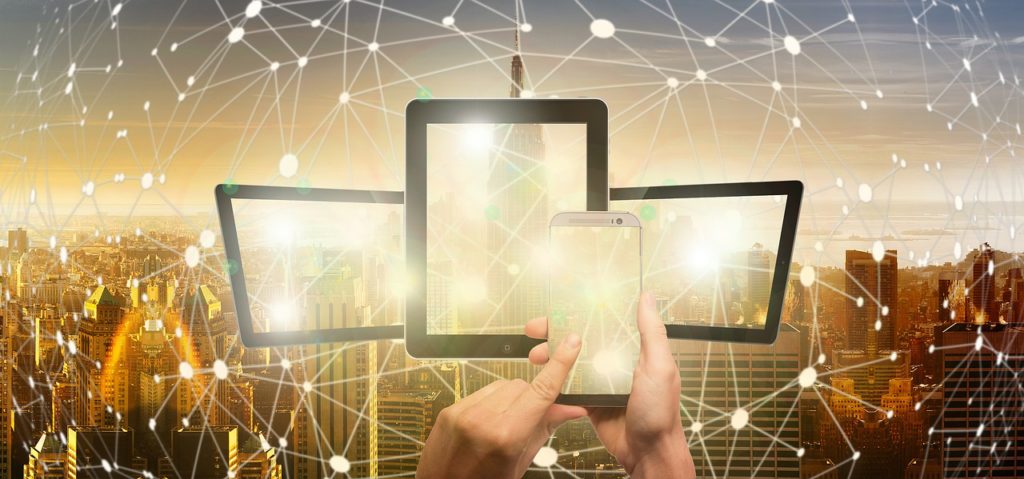Inversion, IoT & The Hyper-Connected-World

Inversion is the paradigm shift allowing all companies to think needs-first vs product-spec-first and focus on enhancing consumer experiences for all products. The paradigm shift has new software architecture considerations. In our book, The Inversion Factor, we have identified four essential principles—connectedness, composability, recruitability and immersion—that all stakeholders can use to develop and build the next wave of world-changing solutions. Fluency in these concepts will become pivotal to the Inversion Age.
Marketers and business leaders—from disruptors making brave forays into IoT to desperate late adopters struggling to compete—must understand and master these four principles of inversion if they wish to remain relevant. We also have laid out the progression of IoT, from a basic device on the Internet to Immersion of things, which is the 4th evolution of IoT, when things become highly intelligent, anticipating in advance and meeting customer needs and enhancing experiences. We are not there yet today, but on our way. However this will requite IoT, Blockchain and AI to integrate in a meaningful way.
The Inversion Paradigm
Let’s begin with a reminder of what we mean by inversion:
Inversion is a paradigm for evolving from a product-first orientation to fulfilling needs and finally to creating and curating customer experiences.
1. Connectedness is the ability to connect a device to a data processing platform through the Internet using a communication protocol—usually, in the IoT age, a wireless one. The processing platform can be an onboard computer (such as the microprocessor found in many home appliances or the computers in modern automobiles), a local hub (such as a smart base station used by residential audio or security products), or a remote system (most commonly, the cloud). The ability to connect devices to the Internet wirelessly defines IoT.
2. Composability is a quality that enables the customer to combine the functions of multiple connected devices, creating “composite” devices that together perform new functions in ways that meet needs their designers may not have foreseen. Note that the user is not creating new devices any more than an artist creates his subject matter; she is merely assembling them into an overall composition to satisfy her immediate need.
3. Recruitability is the capacity of a system to be readily adaptable to additional functions beyond those for which it was originally designed. A recruitable solution typically features an open architecture, externally-facing application programming interfaces (APIs), and function nonspecific controls (LCD touchscreens, voice, cameras, haptics) that can accommodate unanticipated adaptations, including those proposed by third parties, with relative ease.
4. Immersion is the principle of composing devices, software, and distributed “fog” or “mesh” computing power to create a seamless constellation of intelligent, environmentally responsive devices with the user at the center. Working in concert, these technologies become a mobile, responsive, immersive personal ecosystem designed to create high-value experiences for the customer—and let the customer control his or her own experiences.
In our book we walk you through the specific details, but suffice it to say, in order to design the architecture of the future hyper-connected world, we need to take these elements into consideration and then add to this the decentralized nature of the network, and peer to peer computing to enable an effective connected world.
Let’s continue the brainstorming.

